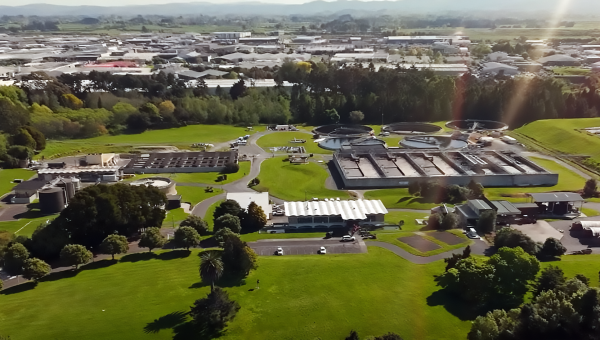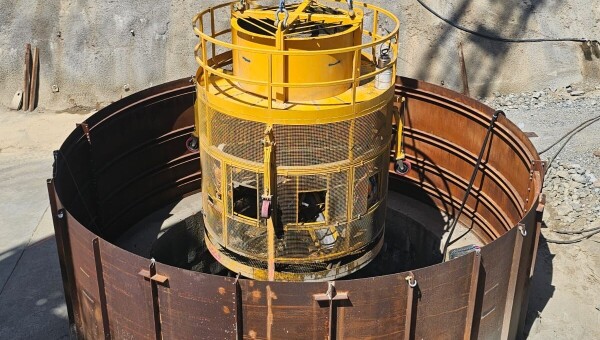On the Level Crossing Removal Project in Victoria our alliance team worked with the EPA to allow the safe reuse of PFAS contaminated soils on site, in-lieu of removal and treatment off site. This saved the project approximately $10 million and led to new regulations that benefit the entire construction industry.
PFAS, short for Per- and Poly-fluoroalkyl substances, are manufactured chemicals used in products that resist heat, oil and water. They are most often associated with fire-fighting foam. Multiple health effects associated with PFAS exposure have been identified, hence the heavy regulations that exist for their management.
On the Kororoit Creek Road Level Crossing Removal project our team identified high concentrations of PFAS in the soil and groundwater. Faced with the potential of major cost and schedule impacts, the team engaged with the EPA and started the process of investigating options for onsite reuse through encapsulation.
The trial-and-error process involved numerous revisions of soil management plans and consultant soil analysis reports.
After 12 months the team successfully gained approval for the reuse of PFAS impacted material onsite - a first in Victoria. In the end, over 10,500 m3 of contaminated soil was retained on site and reused.
The conditions of approval included the implementation of an impermeable delineation layer, restricting the materials reuse to areas which are outside 1 in 100-year flood events, and to areas where groundwater is greater than 2 m below the placed PFAS impacted soils.
In addition to the cost saved, carbon emissions were reduced by approximately 187,000 kg, by not having to transport material 50–60 km for disposal.




